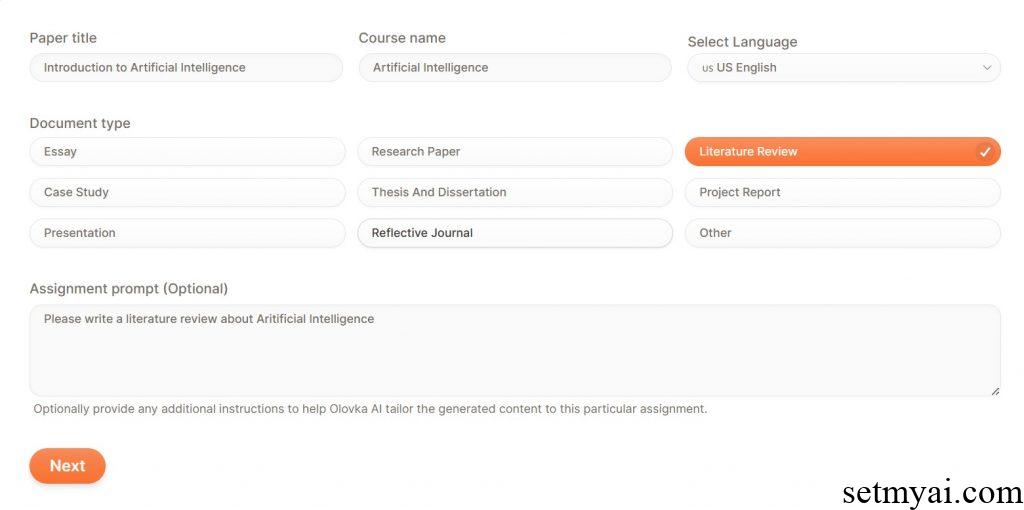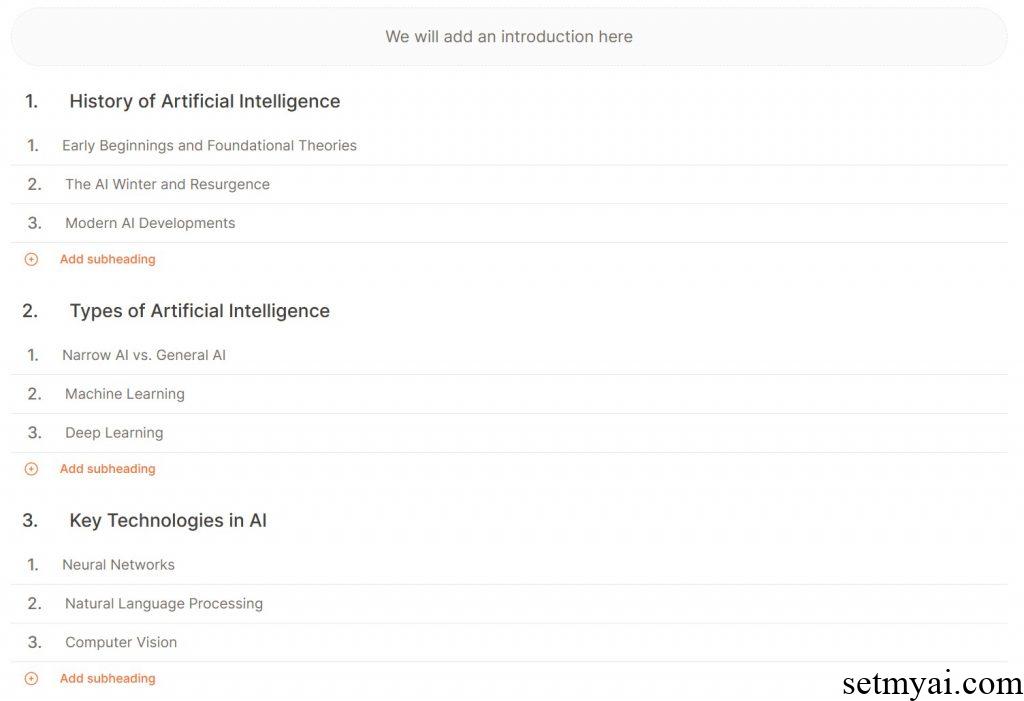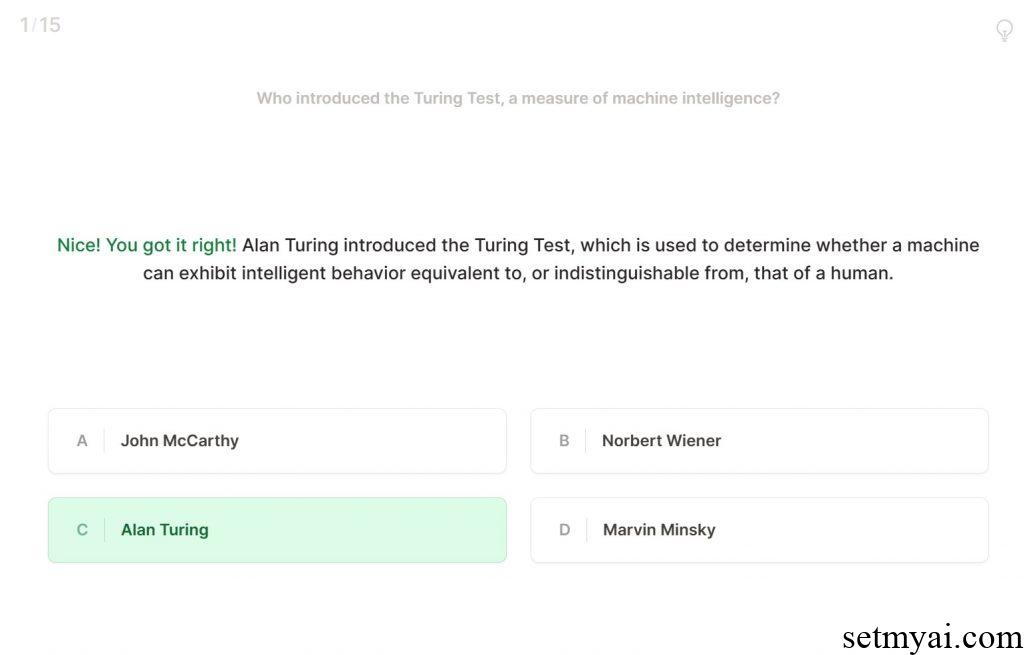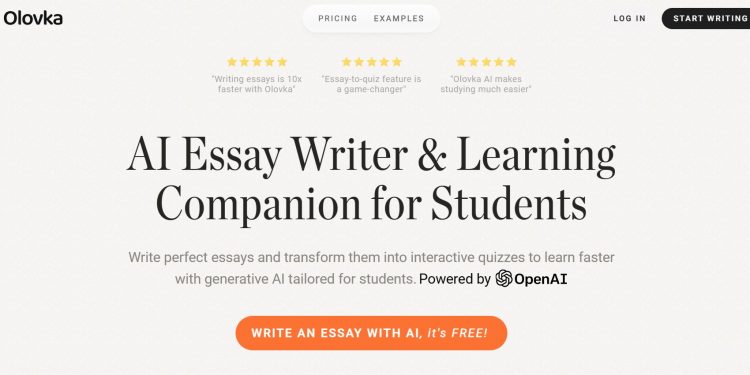Introduction to Olovka
Olovka is an AI multifunctional paper writing tool that users can use to write papers.
Olovka offers two versions, free and paid, with a maximum word count of 10000 for the free version. Olovka uses OpenAI’s GPT technology to write high-quality papers and conduct research and testing based on the papers.
Related Post: AIWriter an AI Paper Writing Tool

How to Use Olovka
We use Olovka to write a paper on artificial intelligence. First, we need to set some elements, such as paper title, course name, paper language, and paper type(Research Paper, Literature Review, Case Study, Thesis and Dissertation, Project Report, Presentation, Reflective Journal), and enter the prompts for the paper.

After we completed these settings, Olovka provided the outline of the paper. We can continue to modify each part.

Olovka ultimately provided the entire paper, with a total word count exceeding 3000. We can continue to revise the content of the paper. The partial contents of the paper are as follows:
Artificial Intelligence (AI) is a rapidly evolving field that has garnered significant attention in recent years. It involves the development of computer systems that can perform tasks typically requiring human intelligence, such as visual perception, speech recognition, decision-making, and language translation. The concept of AI is not new; it has been a topic of fascination and study for decades, dating back to the early days of computing.
The study of AI encompasses a wide range of disciplines, including computer science, mathematics, psychology, neuroscience, cognitive science, linguistics, operations research, economics, and more. As a result, it is a highly interdisciplinary field that draws upon various theories, tools, and techniques to create intelligent systems.
Understanding AI involves exploring its history, which reveals the progression from early theoretical foundations to the sophisticated technologies we see today. It also requires examining the different types of AI, ranging from narrow AI, which is designed for specific tasks, to general AI, which aims to replicate human cognitive abilities.
Key technologies in AI, such as machine learning, neural networks, and natural language processing, play crucial roles in the development of intelligent systems. These technologies have enabled significant advancements in various applications of AI, from healthcare and finance to transportation and entertainment.
However, the rise of AI also brings with it important ethical considerations. Issues such as privacy, bias, and the impact of AI on employment need to be addressed to ensure that the development and deployment of AI technologies are beneficial to society as a whole.
Looking ahead, the future directions of AI promise even more exciting developments. Researchers and practitioners are continually pushing the boundaries of what AI can achieve, exploring new frontiers in autonomous systems, human-AI collaboration, and beyond.
This literature review aims to provide a comprehensive overview of the fundamental aspects of AI, offering insights into its history, types, key technologies, applications, ethical considerations, and future directions. By understanding these core elements, students can gain a solid foundation in AI and appreciate its profound impact on the world.
In addition to generating papers, Olovka also provides a testing function where we can answer AI questions based on papers in Test Mode and view professional answers.

Summary
As an AI multifunctional paper writing tool, Olovka is capable of generating high-quality papers. Whether users are writing papers, literature reviews, or research cases, they can try using this tool.
Website:








